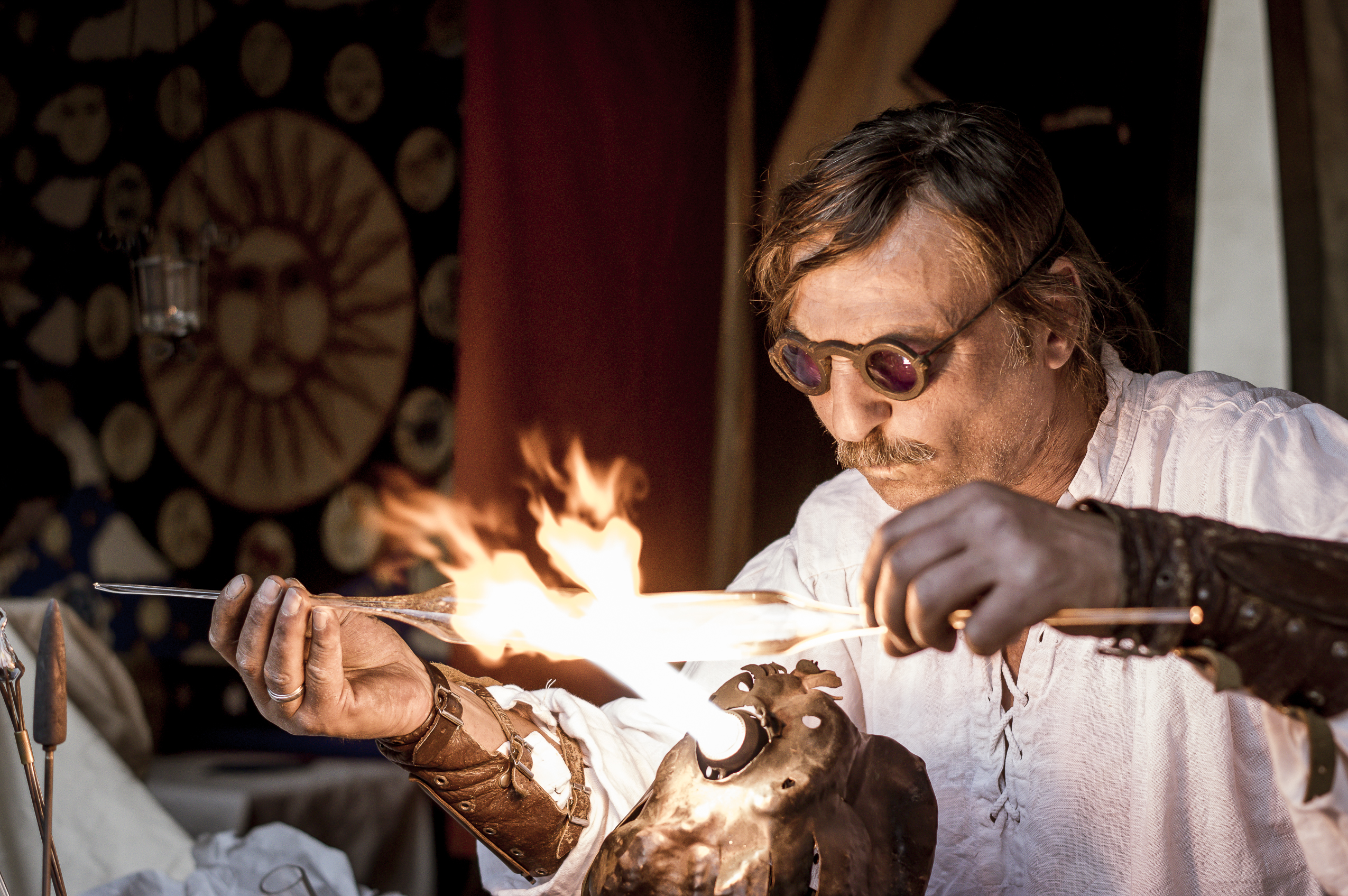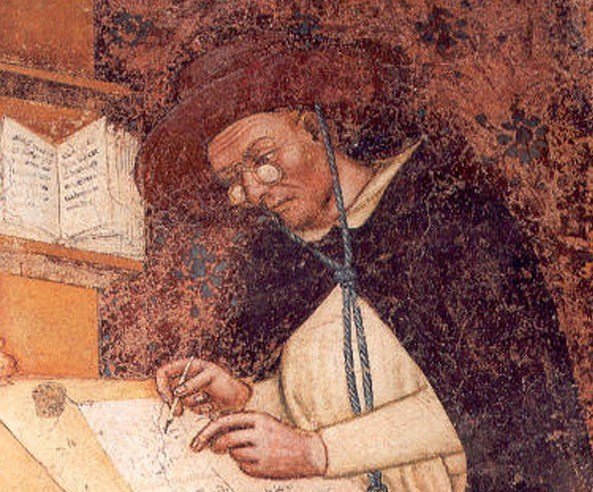Authentic Medieval Glasses for Reenactment
In the realm of historical reenactment, attention to detail is paramount. Whether you are a dedicated enthusiast or a professional reenactor, capturing the essence of a bygone era requires authenticity in every aspect, including the accessories. One such accessory that can truly transport you back in time is the authentic medieval glasses. These remarkable pieces not only serve a practical purpose but also add a touch of realism to your reenactment experience. In this article, we will delve into the fascinating world of authentic medieval glasses, their history, craftsmanship, and their significance in reenactment settings.
The History of Medieval Glasses
During the medieval period, eyeglasses emerged as a groundbreaking invention that revolutionized the way people with visual impairments perceived the world. Initially developed in the 13th century, medieval glasses were an extraordinary leap forward in vision correction. These early spectacles featured simple convex lenses held together by a rivet, enabling individuals to see more clearly. While the design and materials used in medieval glasses have evolved over time, the basic principle has remained the same.
Craftsmanship and Authenticity
To recreate the essence of medieval times, it is crucial to seek out authentic and well-crafted medieval glasses. Expert artisans specializing in historical reproduction meticulously study ancient manuscripts, archaeological finds, and artistic representations to recreate glasses that are faithful to the originals. The use of traditional techniques and materials, such as hand-polished lenses and frames made from period-appropriate materials like horn or wood, ensures the utmost authenticity in the final product.
Types of Medieval Glasses
Medieval glasses came in various styles and designs, each serving a specific purpose and catering to different visual needs. Let's explore some of the most common types:
1. Pince-Nez
The pince-nez was a popular style of medieval glasses that did not have arms but instead relied on pinching the bridge of the nose to stay in place. This simple and elegant design made it convenient for individuals who needed occasional visual aid.
2. Monocle
The monocle, although more commonly associated with the Victorian era, also had its roots in medieval times. It consisted of a single lens held in front of one eye, providing a focused magnification effect.
3. Scissor-Glasses
Scissor-glasses, also known as folding spectacles, were a compact and portable option. These glasses featured hinged arms that could be folded for easy storage and transportation, making them a practical choice for travelers and scholars alike.
4. Bifocals
While bifocals are often attributed to Benjamin Franklin in the 18th century, their concept can be traced back to the medieval period. Bifocals were designed with two distinct lenses, allowing individuals to have clear vision for both close-up and distant objects.

Significance in Reenactment Settings
Authentic medieval glasses play a vital role in reenactment settings by enhancing the overall historical accuracy and immersion. By incorporating these carefully crafted accessories into your reenactment persona, you can truly step into the shoes of individuals from the past and experience their world through clearer lenses. The attention to detail and commitment to authenticity exhibited by reenactors who use these glasses contribute to the overall spectacle of historical reenactments.
Where to Find Authentic Medieval Glasses
When it comes to acquiring authentic medieval glasses for your reenactment needs, it is essential to rely on reputable sources. Specialized historical reproduction shops and online platforms that cater to historical enthusiasts often offer a wide range of meticulously crafted medieval glasses. These establishments understand the importance of accuracy and strive to provide the highest quality products to meet the demands of discerning reenactors.
It is advisable to conduct thorough research and read reviews to ensure the authenticity and quality of the glasses before making a purchase. Reputable sellers will often provide detailed descriptions, including information about the materials used, historical references, and craftsmanship techniques employed in the creation of the glasses. By choosing a trusted source, you can rest assured that you are acquiring an accurate and well-crafted piece that will elevate your reenactment experience.
Caring for Authentic Medieval Glasses
Once you have acquired your authentic medieval glasses, it is essential to take proper care of them to ensure their longevity. Here are some tips for maintaining and preserving these remarkable pieces:
- Handle with Care: Medieval glasses are delicate, and their construction may not be as robust as modern eyewear. Always handle them with clean hands and avoid dropping or mishandling them.
- Cleaning: Use a soft, lint-free cloth to gently clean the lenses and frames. Avoid using harsh chemicals or abrasive materials that could damage the delicate surfaces.
- Storage: When not in use, store your medieval glasses in a protective case to prevent dust, scratches, or accidental damage. Consider using a case that is specifically designed for historical eyewear.
- Avoid Moisture and Extreme Temperatures: Keep your glasses away from excessive moisture, extreme heat, or cold, as these conditions can harm the lenses, frames, and overall integrity of the glasses.
By following these care instructions, you can ensure that your authentic medieval glasses remain in excellent condition and continue to serve you well throughout your reenactment endeavors.

Conclusion
Authentic medieval glasses hold a unique appeal for history enthusiasts and reenactors alike.
By wearing these meticulously crafted accessories, reenactors can transport themselves and their audience to a specific era, allowing for a more immersive and accurate experience. The attention to detail in the design and construction of authentic medieval glasses adds an extra layer of authenticity to historical reenactments.
Whether you are portraying a noble knight, a skilled archer, or a wise scholar from the medieval period, incorporating authentic medieval glasses into your ensemble can help you fully embody your chosen character. These glasses serve not only as functional eyewear but also as powerful visual cues that transport both the wearer and the observer back in time.
Reenactment events and historical festivals provide the perfect opportunity to showcase these meticulously crafted accessories. When fellow reenactors and history enthusiasts witness the commitment to historical accuracy, it enhances the overall atmosphere and adds to the educational value of such events.
To acquire authentic medieval glasses for reenactment purposes, it is crucial to rely on trusted sources that specialize in historical reproductions. These artisans and suppliers understand the importance of accuracy and strive to create pieces that are faithful to the originals. By investing in these authentic accessories, reenactors can demonstrate their dedication to historical fidelity and enhance the overall experience for themselves and their audience.
In conclusion, authentic medieval glasses are an essential accessory for reenactors who aim to immerse themselves fully in historical eras. These meticulously crafted eyewear pieces provide both functionality and historical accuracy, enriching the reenactment experience. By incorporating authentic medieval glasses into your ensemble, you demonstrate a commitment to authenticity and attention to detail that sets your portrayal apart. So, whether you are a seasoned reenactor or a budding enthusiast, consider adding a pair of authentic medieval glasses to your collection. Step back in time, see the world through the eyes of the past, and let the authenticity of your reenactment shine.